Natural Water Sanctuary Okudaisen
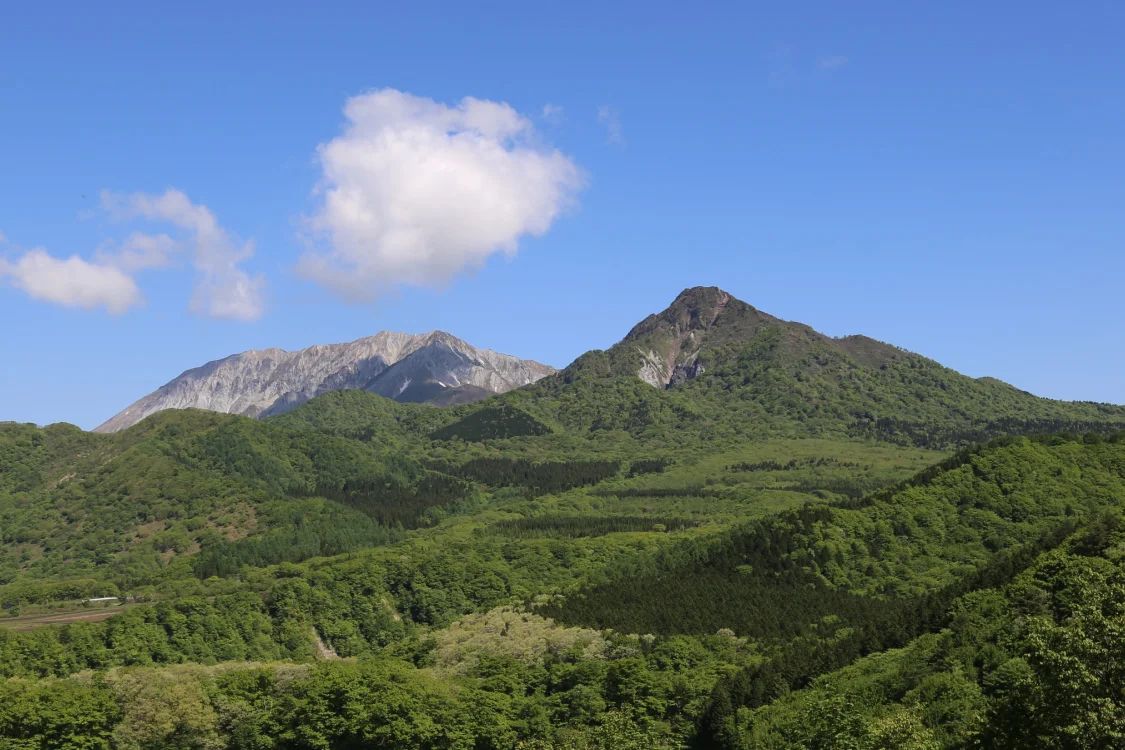
This Sanctuary is located in the water-source conservation area of the Suntory Okudaisen Bunanomori Water Plant.
- Agreement start date
- February 2007 (the area has gradually expanded since then)
- Area
- About 495 ha
- Applicable plant
- Suntory Okudaisen Bunanomori Water Plant
Natural Water Sanctuary Okudaisen Initiatives
Enabling Next-Generation Trees to Renew the Forest
A part of this sanctuary is home to tall Japanese beech and Japanese Oak trees. Unfortunately, however, the forest floor in this area had become overrun with bamboo grass, making it difficult for young next-generation trees to take root and grow.
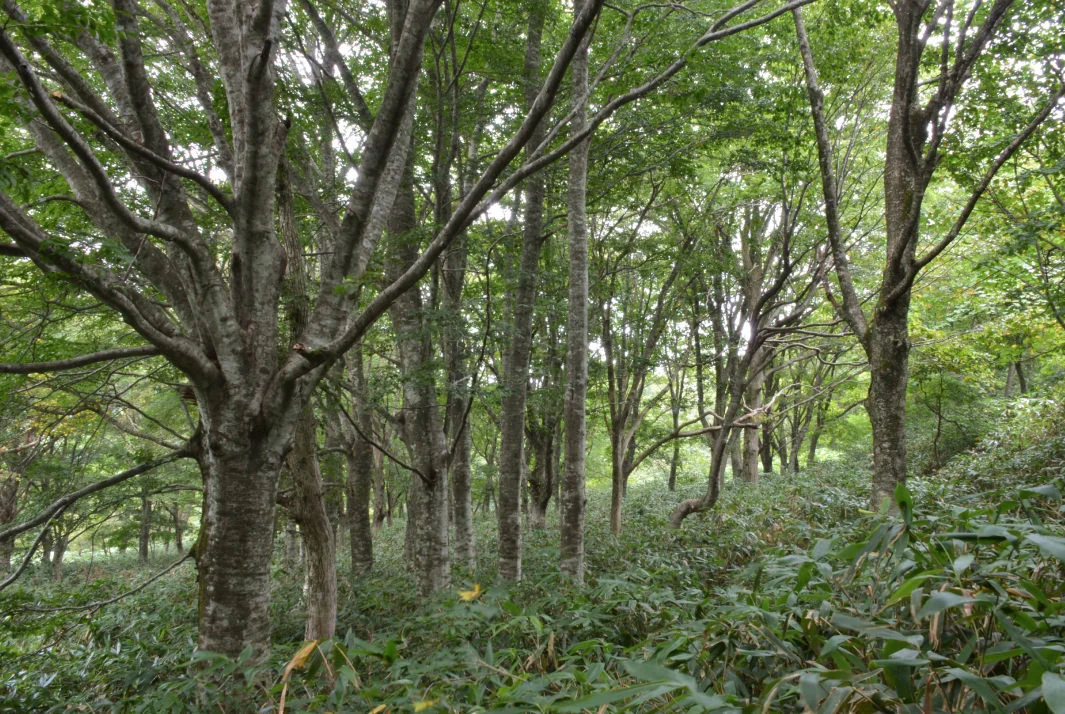
To provide room for young trees, we cleared part of the dense bamboo grass undergrowth. We also carried out a process called ground scraping, where the soil is exposed as much as possible to encourage fallen seeds to germinate. These efforts eventually created a favorable environment for young next-generation trees to begin growing.
Since bamboo grass can quickly regrow from underground rhizomes, we continue to clear the bamboo once a year to maintain the environment.
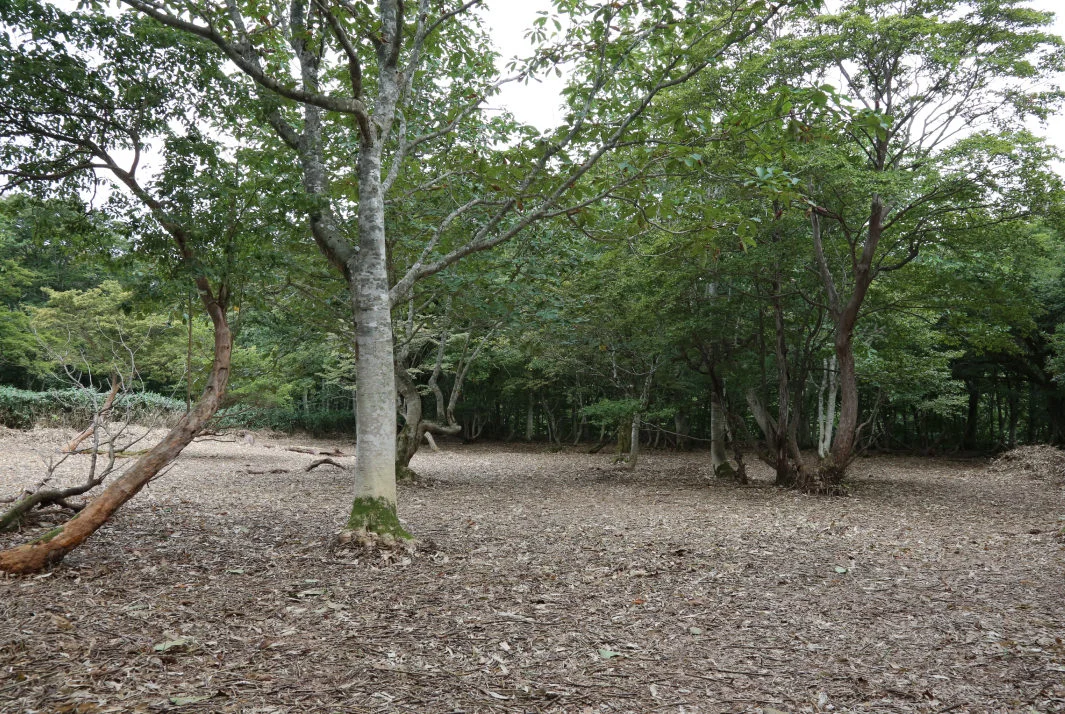
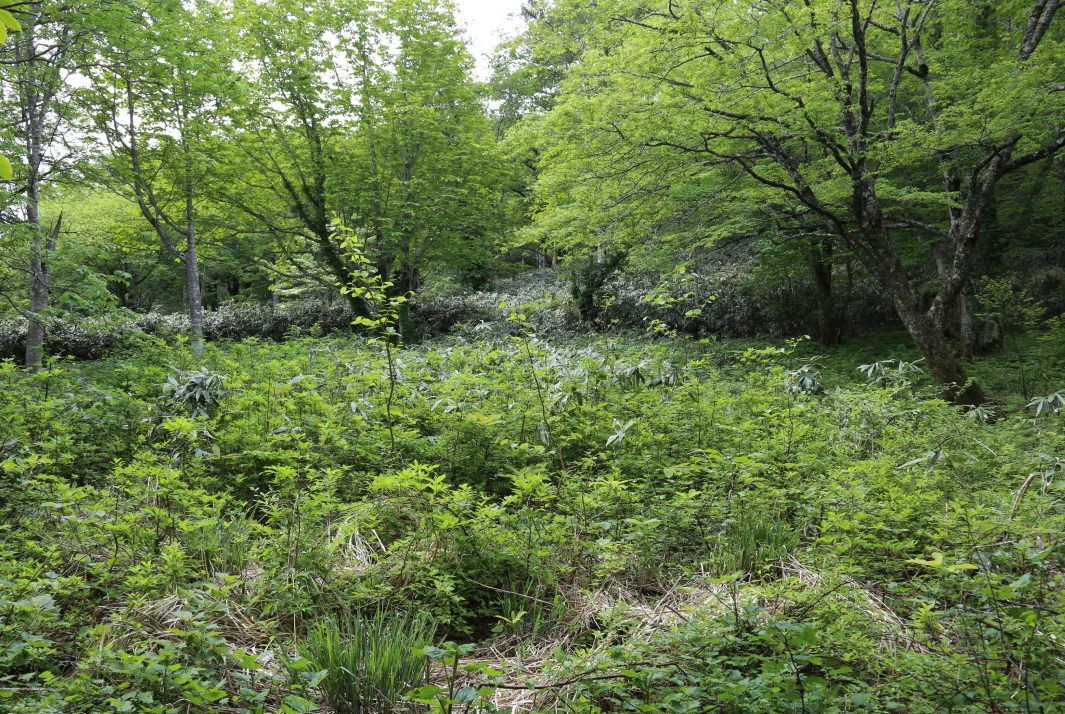
Experts involved in this Initiative
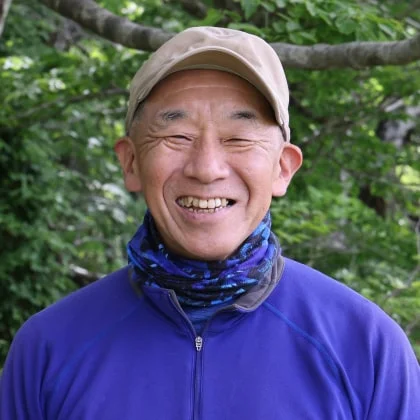
Yoshiyuki Hioki
Specially Appointed Professor, Tottori University
Measures to Prevent Oak Trees From Withering
In recent years, a disease known as oak withering—which causes various oak species to wither and die—has been spreading across Japan. Natural Water Sanctuary Okudaisen has not been immune to its impact. The photo below shows a neighboring forest of our Natural Water Sanctuary Okudaisen. Despite it being summer, the Japanese Oak trees have turned reddish-brown due to the disease.
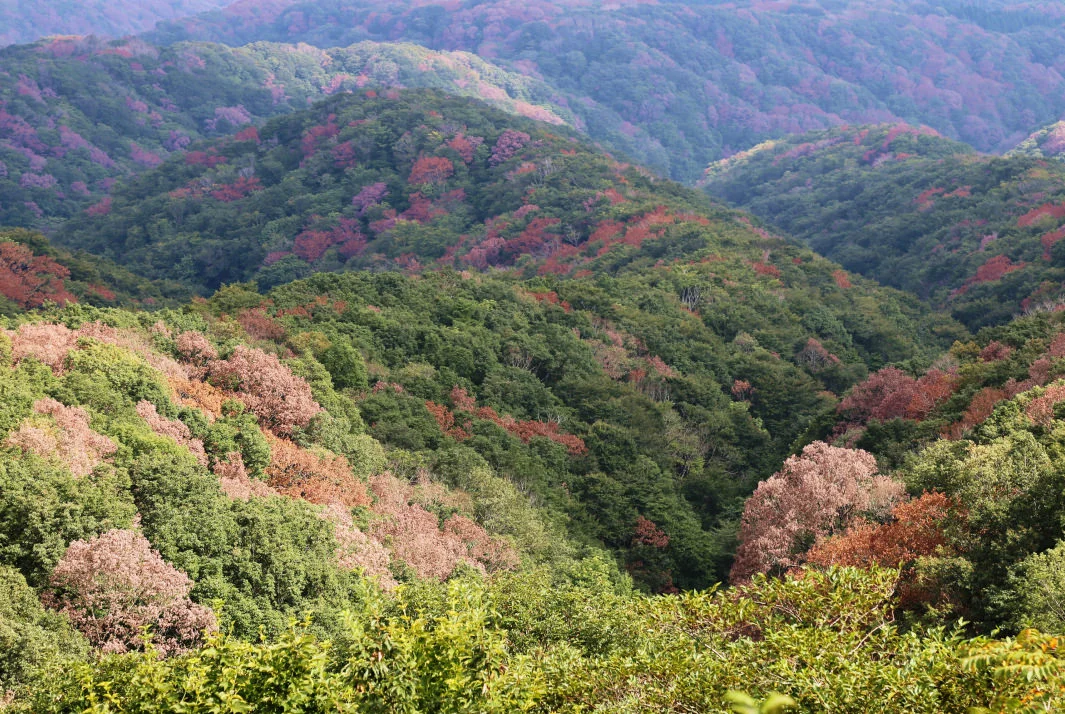
A section of our Natural Water Sanctuary Okudaisen once featured a stunning grove of Japanese Oak trees over 100 years old. But oak withering had crept dangerously close to it.
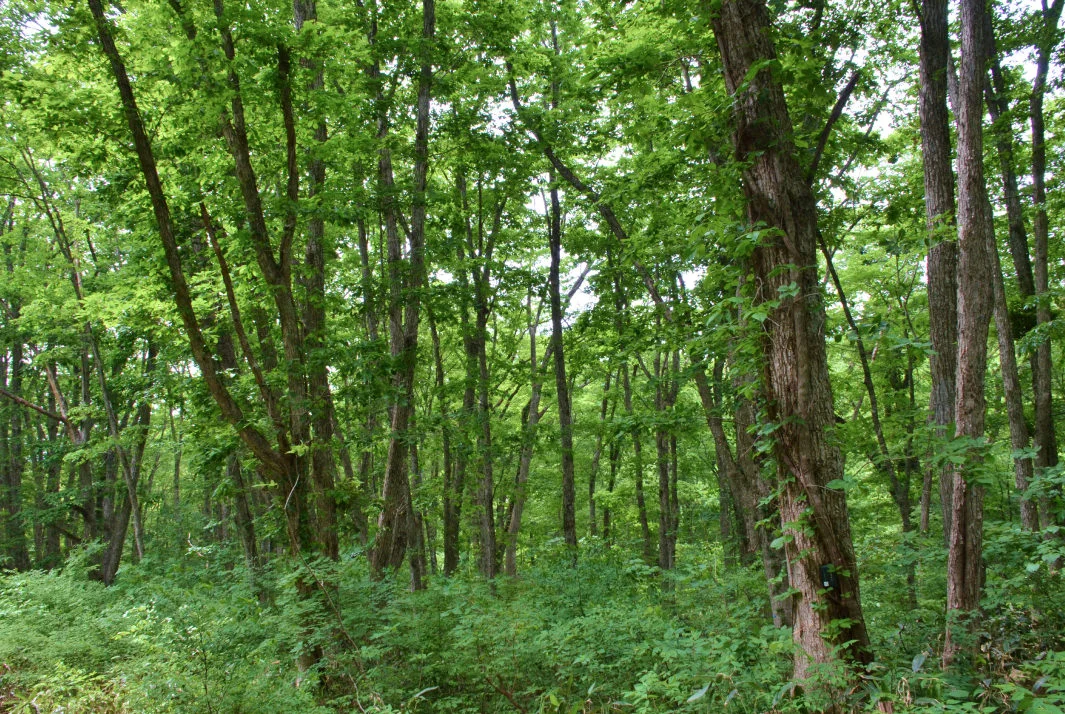
Had the disease reached this area, not only would the Japanese Oaks have been wiped out, but there was also a risk of it spreading throughout the surrounding forest. As a result, with permission from both the landowner and Japan’s Ministry of the Environment, we decided to carry out preventive harvesting of all the Japanese Oaks in this area.
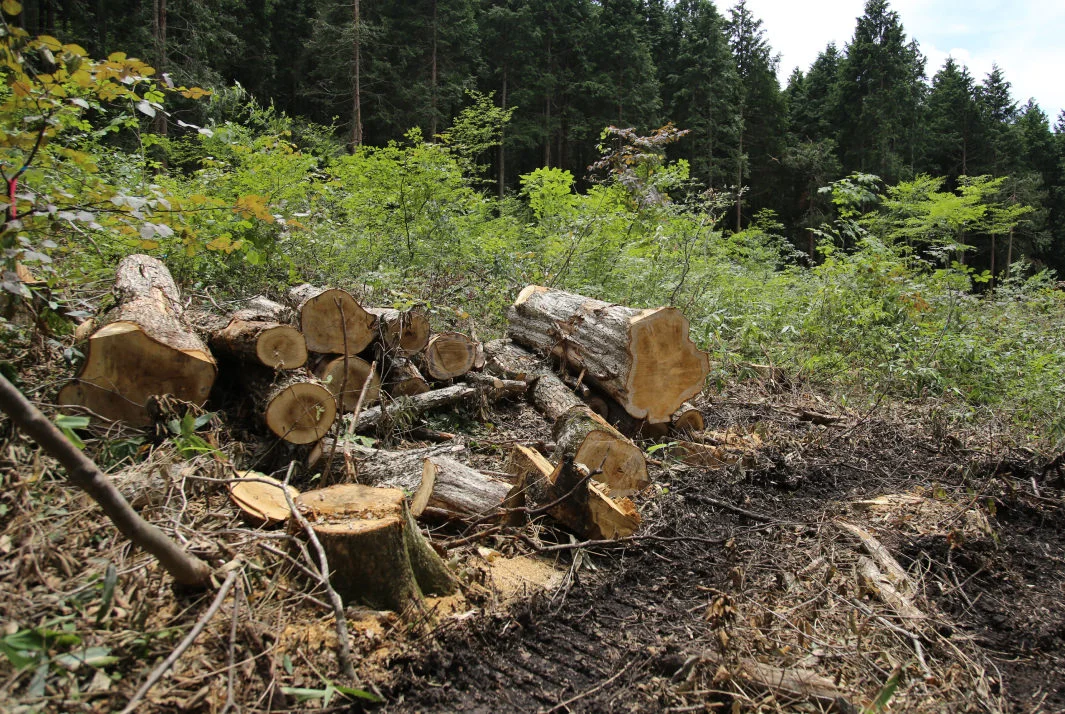
We carefully considered the best use for the harvested Japanese Oak trees. Logs with straight grain, free from warping or twisting, were made into whisky barrels, while the rest was effectively repurposed as flooring for the Suntory World Research Center.
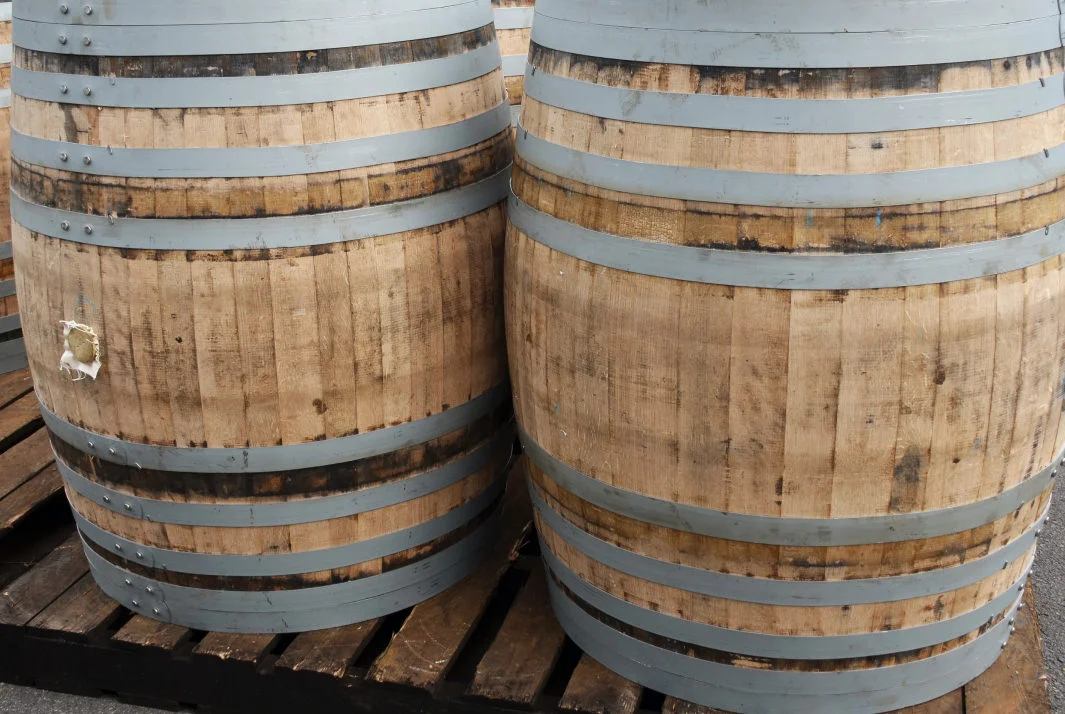
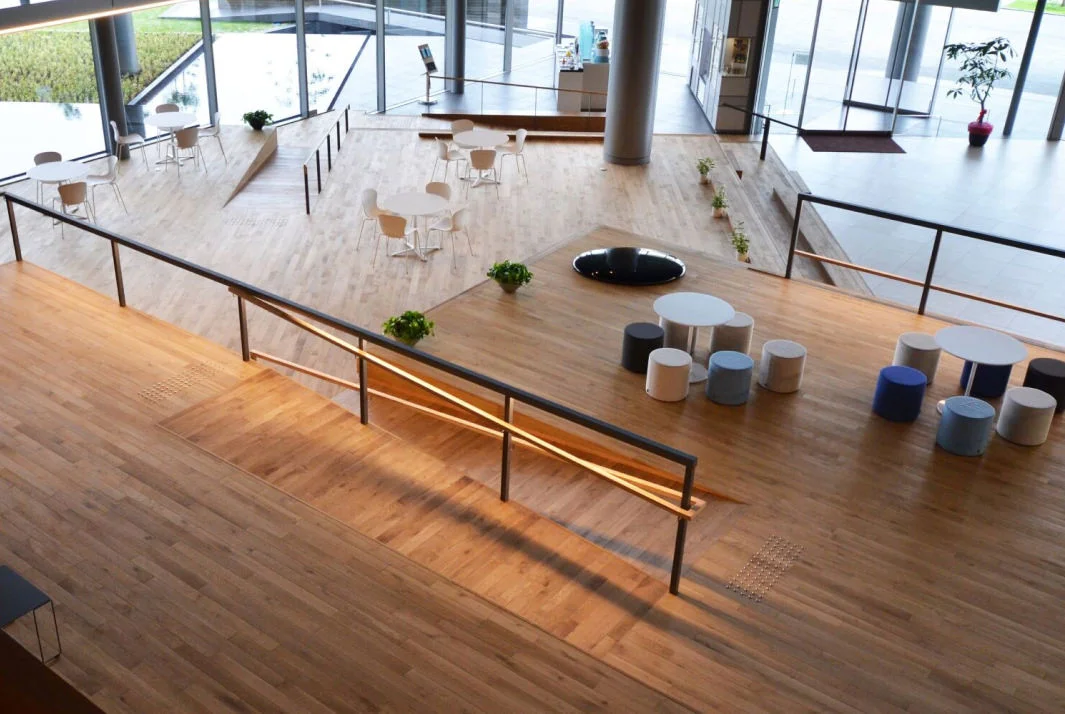
The area where the trees were harvested is now being monitored and nurtured into a forest with greater tree species diversity.
Experts involved in this Initiative

Yoshiyuki Hioki
Specially Appointed Professor, Tottori University
Nature-Experience Education for Children
Our Natural Water Sanctuary Okudaisen is not only a place for research and forest maintenance, but also serves as a classroom for Outdoor School of Forest and Water as part of Suntory ”Mizuiku” - Education Program for Nature and Water that teaches children the importance of forests and water. Children explore the forest in person, touch trees and leaves, search for living things, and engage in various nature experiences.
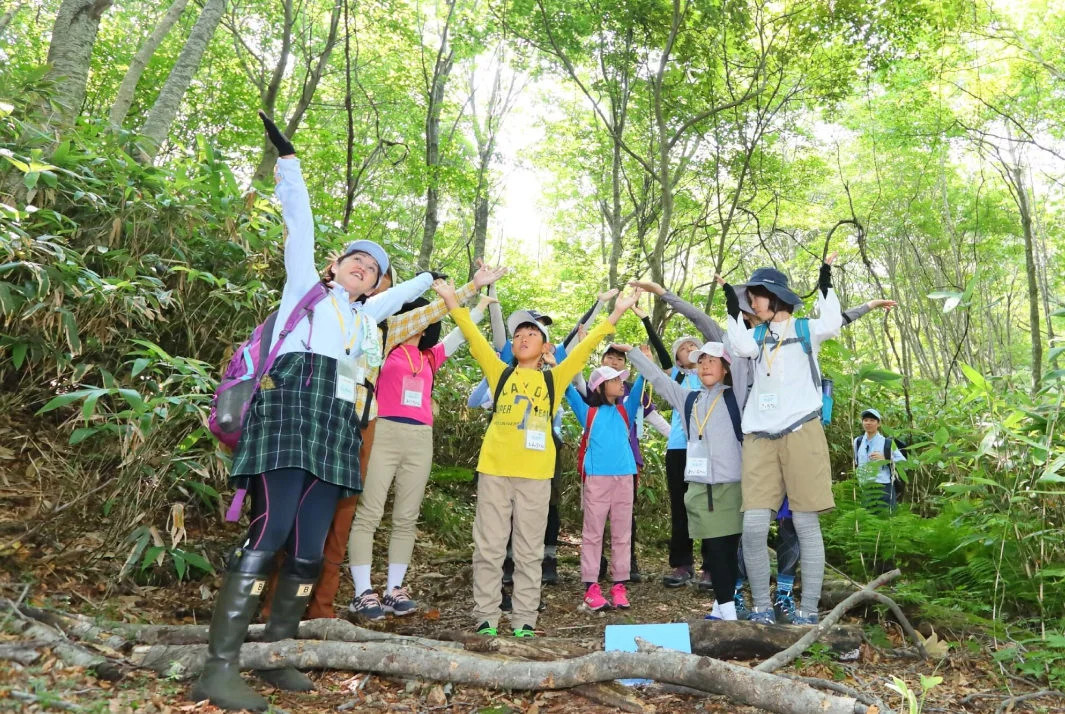
Working with the Local Community
We are participating in the Tottori Symbiosis Village program promoted by Tottori Prefecture. This initiative involves soil conservation and management of unused farmland near the Okudaisen Bunanomori Water Plant. It also supports local agriculture and the development of processed food products, contributing to the community's growth.
As part of this effort, we worked with local farmers to cultivate buckwheat, which is now used to make buckwheat noodles, a local product sold under the name “Okudaisen Mitsukue Soba.”
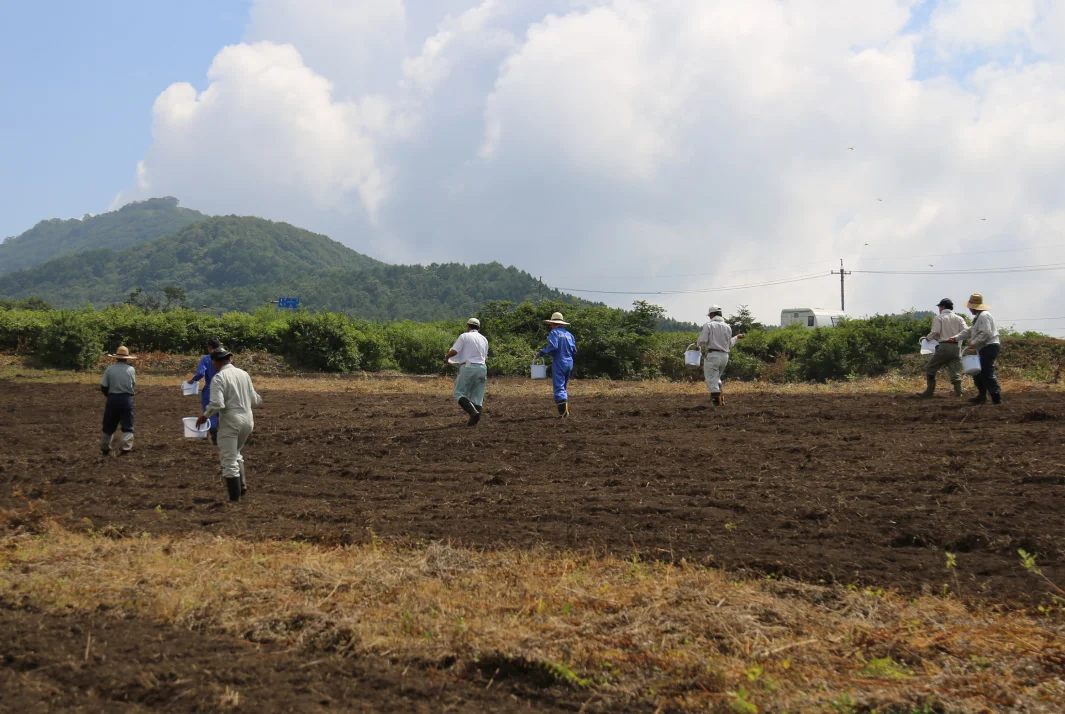
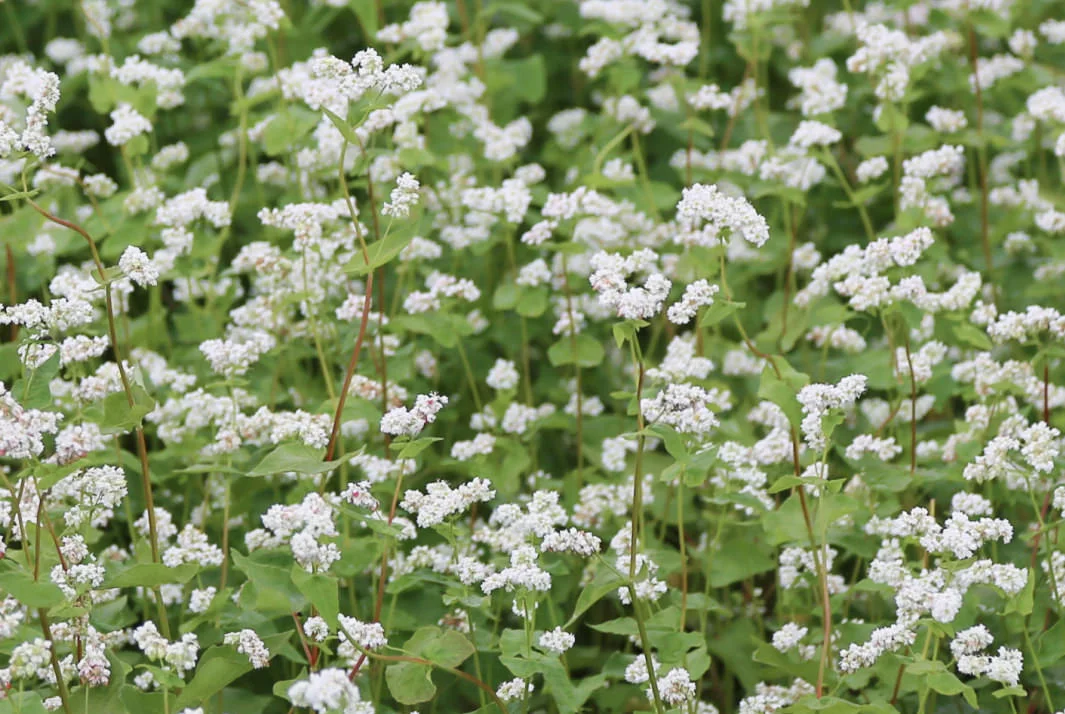
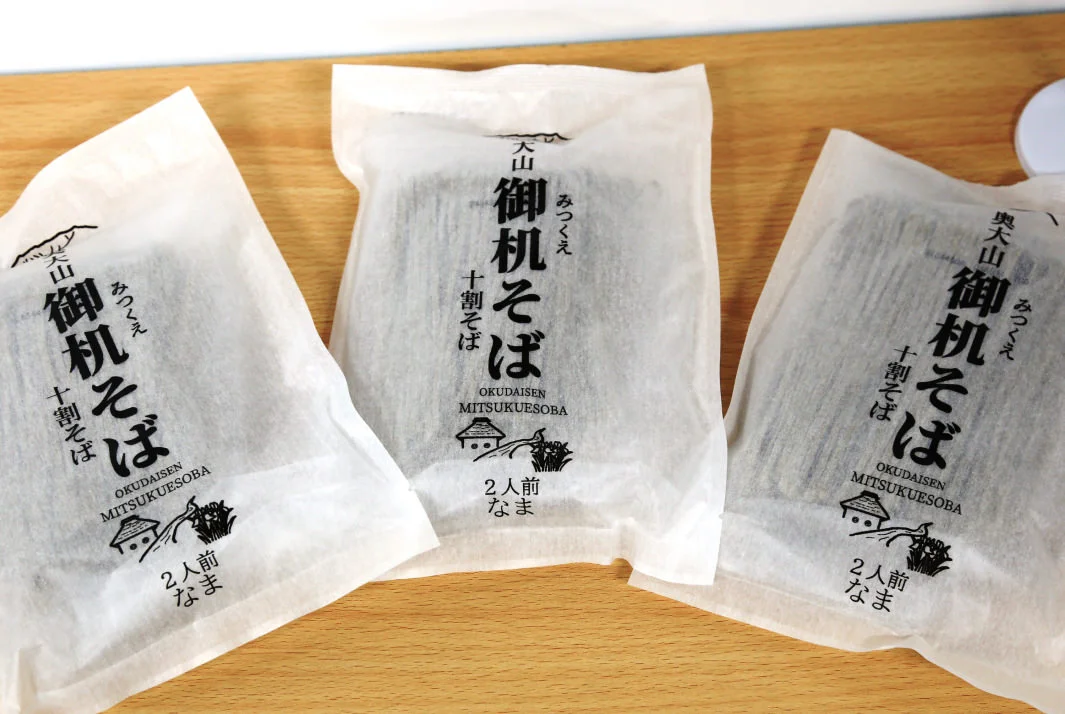
Products Related to Natural Water Sanctuary Okudaisen
Suntory Tennensui Okudaisen uses high-quality groundwater nurtured by the mountainous terrain of our Natural Water Sanctuary Okudaisen. We provide products that prioritize both exceptional taste and uncompromising safety, harnessing the gifts of nature in their original form.

Sanctuary Overview
Sanctuary Details
- Location
- Nozoe, Sekigane Town, Kurayoshi City, Tottori Prefecture
- Area
- About 59 ha
- Agreement Start
- February 2007
- Agreement Period
- 30 years
Under the Forestry Agency’s corporate forest program, Suntory is working with the national government to promote forest conservation and cultivation.
- Location
- Mitsukue, Kofu Town, Hino District, Tottori Prefecture
- Area
- About 176 ha
- Agreement date
- June 2007
- Agreement period
- 30 years
Promoting forest maintenance through the Tottori Symbiosis Forest program.
- Location
- Mitsukue, Kofu Town, Hino District, Tottori Prefecture
- Area
- About 174 ha
- Agreement date
- December 2010
- Agreement period
- 5 years (with plans for long-term renewal)
Under the Forestry Agency’s Community Engagement Forest program, a forest management agreement was signed with the Tottori Forest Management Office, and the town of Kofu to promote forest maintenance.
- Location
- Mitsukue, Kofu Town, Hino District, Tottori Prefecture
- Area
- About 86 ha
- Agreement date
- March 2019
- Agreement period
- 5 years (with plans for long-term renewal)
A three-party agreement was signed between the Ministry of the Environment’s Chugoku-Shikoku Regional Environmental Office, Kofu Town, and Suntory to promote water-source conservation, ecosystem restoration, and sustainable use of the national park.
Suntory Natural Water Sanctuary Okudaisen
Date of release: December 2014 See the list of Natural Water Sanctuaries across Japan

 Home
Home Initiative Policy and Structure
Initiative Policy and Structure Living Things in the Natural Water Sanctuaries
Living Things in the Natural Water Sanctuaries Dedication to Water
Dedication to Water Natural Water Sanctuaries
Natural Water Sanctuaries  Natural Water
Natural Water  Initiative History
Initiative History